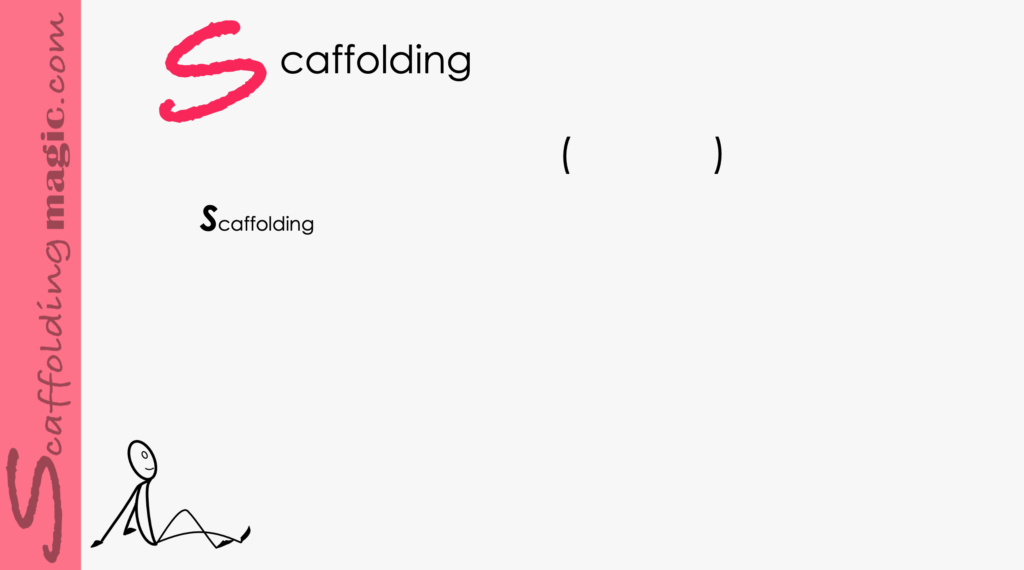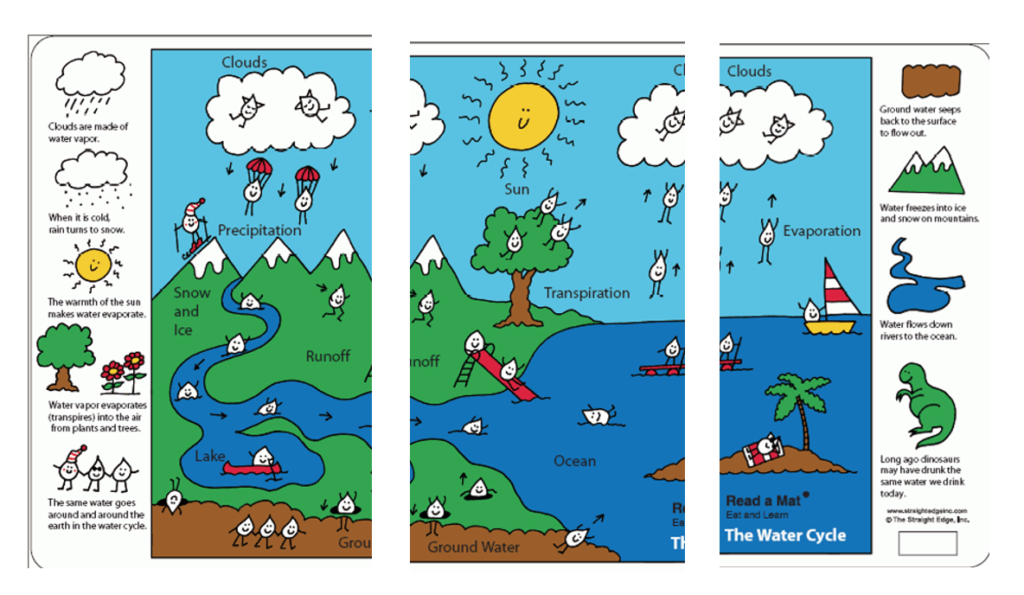You caught a beauty!!!
Download PDF of scaffold here.
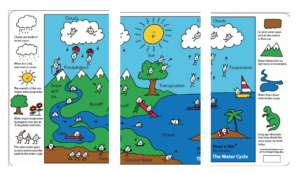
Download PDF of scaffold here.
theory behind scaffold…
‘The mind is not designed for thinking.’* These are probably not the words you want to hear as you look for ideas on how to motivate your students to engage in their lessons. And yet, the experts insist that it’s true. We tend to rely on memory – the resource that’s easiest to access – when we are confronted with any task. Critical thinking can be taught but only through techniques, and these techniques are domain specific. This means that a strategy that works in a science class may not work in a maths class, and one that works in a maths class may not work in a literature class. Therefore, as educators, by understanding this contradiction, we need to help our students to fill their toolbox of critical thinking techniques so that they are prepared for as many situations as possible.
This scaffold presents one way you can help combat this human tendency of cognitive laziness – of relying on memory instead of working actively to further knowledge. The example here is from a Natural Science class and you’ll see how you can adapt it to any lesson you’re about to begin.
Step by step…
- Choose or find an image from a lesson that best represents one aspect of the lesson you are about to begin.
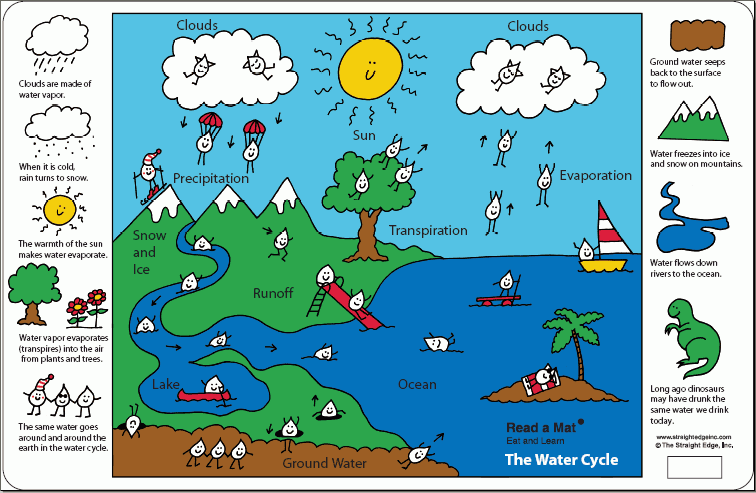
3. Paste the three parts onto a folded piece of A4 paper. (Download template here.)
4. Include phrases on the second page that will help your students verbalise what they see. You can use translanguaging here and include some vocabulary in the students’ home language (here it is translated to Spanish.)
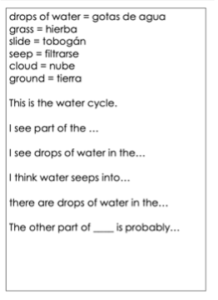
- Students work in pairs. They begin on the second page (simply because the academic language is there), and verbalise the images they see, guessing what is missing and what is on the first and third pages
- Once they have verbalised as much as they can of the second page, they turn to the first page, confirming if their suppositions were on target, correcting themselves if not, and continuing to verbalise what they see.
- They then turn to the last page and continue the same dynamic util they’ve spoken about as much as possible.
Example:
Page 2 of Mini-Book (1/3 of image):
Student 1: I see drops of water in the tree.
Student 2: I see drops of water in the cloud.
Student 1: I see drops of water on the slide.
Student 2: Yes, the drops of water on the slide go into the ocean.
Student 1: I see drops of water falling from the cloud.
Student 2. I think the drops of water are rising to the cloud.
Student 1: Yes, you’re correct. They are rising to the cloud.
Student 2: I see part of a mountain. The first page has the other
part of the mountain.
Student 1: I see part of a cloud on the left.
Student 2: Yes. I think the first page has the other part of the cloud.
Etc.
NOTE: It’s important that the students stay on 1/3 of the mini-book while analysing the images. The activity is to help them develop critical thinking strategies – to identify what they are looking at and also what does not appear.
If they looked at the next page immediately, they would find the answers, but they would have lost the opportunity to stretch their minds and think about other possibilities there could be on the next page.
Remind them that it’s okay to make mistakes. Errors actually help the brain grow. If students are not making errors (making suppositions that later turn out not to be on target), they are not stretching themselves.**
- Formative Assessment: Show students a similar image that represents a bit more of the topic you’re going to study (so that students can recycle at least some of the academic language they practiced during the activity.). Groups discuss all images, Secretaries synthesise the conclusions, and Reporters share the information they’ve been able to identify
- Reflection: Students write 75-100 words on how they felt about learning by dividing up the information into chunks and only focusing on part of the information at a time.
* You can find more templates for a year-long math journal at Runde’s Room

* Willingham, Daniel T. (2007) ‘Critical Thinking: Why is it so hard to teach?’
** Hattie, 2017 (p. 207


Scaffoldingmagic.com is your entryway into DYNAMIC bilingual learning methodologies, such as Phenomenon-Based Learning, CLIL, EMI, and ESL. You’ll find ways to implement critical thinking tools (DOK) to promote higher level thinking, the growth mindset, instill an ethic of excellence, deep reflection on learning, and all through multi-cultural, interdisciplinary activities. We have the keys to turning competences into action and to creating collective efficacy in your school so you move ahead as a unified, enthusiastic team.

